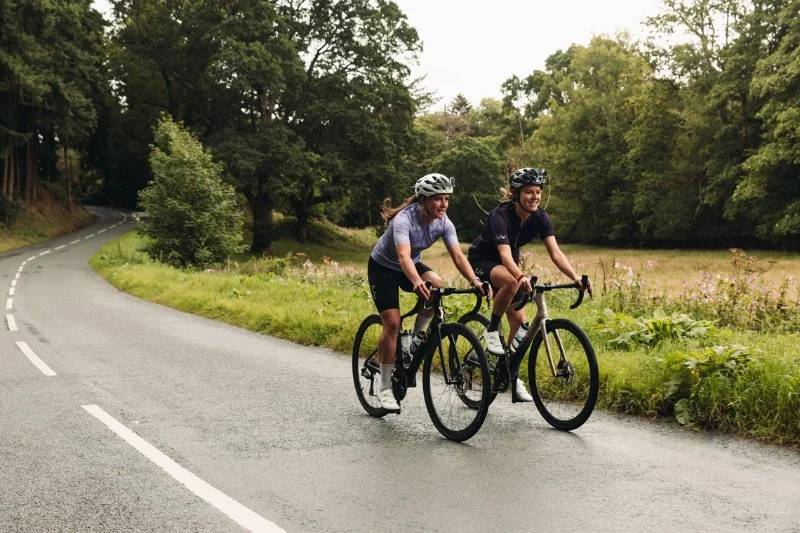 How to Ride Through Wildlife Areas Safely: Essential Tips for Cyclistsride through wildlife areas, cycling in wildlife areas, wildlife safety for cyclists, safe cycling tips, wildlife encounters, cycling guide, wildlife area cycling safety, cycling near wildlife, wildlife safety for cyclistsLearn how to ride safely through wildlife areas with our expert tips. Understand how to protect yourself, avoid wildlife encounters, and ensure your cycling adventures are safe and enjoyable.
How to Ride Through Wildlife Areas Safely: Essential Tips for Cyclistsride through wildlife areas, cycling in wildlife areas, wildlife safety for cyclists, safe cycling tips, wildlife encounters, cycling guide, wildlife area cycling safety, cycling near wildlife, wildlife safety for cyclistsLearn how to ride safely through wildlife areas with our expert tips. Understand how to protect yourself, avoid wildlife encounters, and ensure your cycling adventures are safe and enjoyable.- Why Wildlife Areas Require Extra Caution
- Understanding Wildlife Habits
- Essential Gear for Cycling Through Wildlife Areas
- How to Avoid Wildlife Encounters While Cycling
- What to Do If You Encounter Wildlife
- The Importance of Local Guides and Regulations

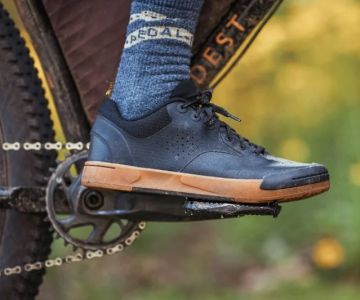
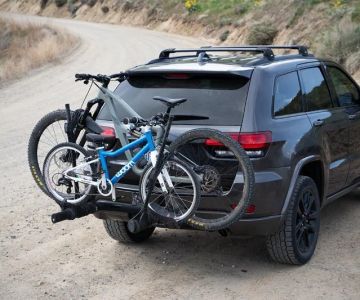
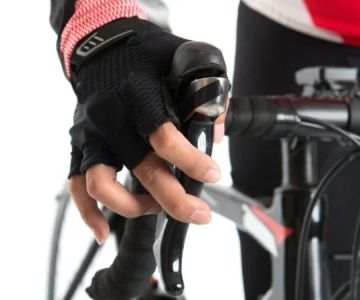



 Cyclefit Solutions5.0 (101 reviews)
Cyclefit Solutions5.0 (101 reviews) Hub City Cycles4.0 (233 reviews)
Hub City Cycles4.0 (233 reviews) VeloScience Bike Works4.0 (50 reviews)
VeloScience Bike Works4.0 (50 reviews) Good Karma Bikes4.0 (206 reviews)
Good Karma Bikes4.0 (206 reviews) Westside Joe's Bikes4.0 (134 reviews)
Westside Joe's Bikes4.0 (134 reviews) Backroad Bicycles4.0 (60 reviews)
Backroad Bicycles4.0 (60 reviews) How to Teach Kids to Ride a Bike: A Step-by-Step Guide for Parents
How to Teach Kids to Ride a Bike: A Step-by-Step Guide for Parents Tips for Riding on Busy City Streets: Smart Strategies for Urban Cyclists
Tips for Riding on Busy City Streets: Smart Strategies for Urban Cyclists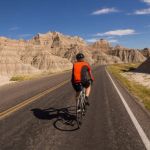 Best US National Parks for Mountain Biking: Ride Epic Trails Across America
Best US National Parks for Mountain Biking: Ride Epic Trails Across America Best Aero Helmets for Time Trials and Racing
Best Aero Helmets for Time Trials and Racing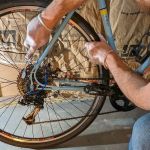 How to Clean and Lubricate Your Bike Chain Like a Pro
How to Clean and Lubricate Your Bike Chain Like a Pro 10 Must-Have Items for Long-Distance Cycling Trips
10 Must-Have Items for Long-Distance Cycling Trips